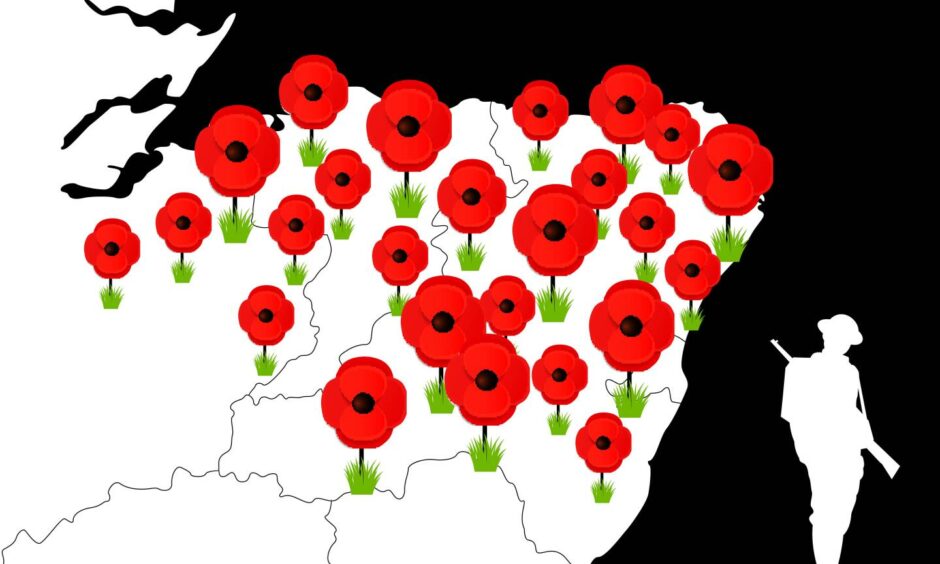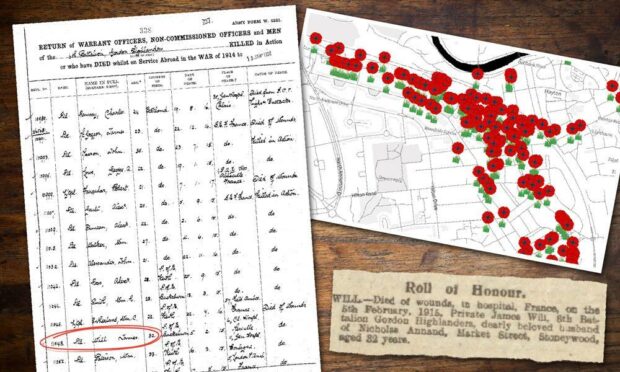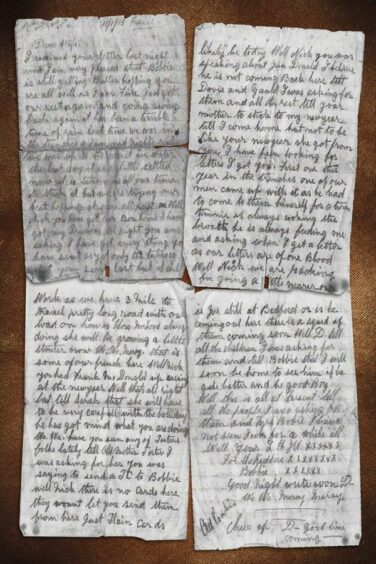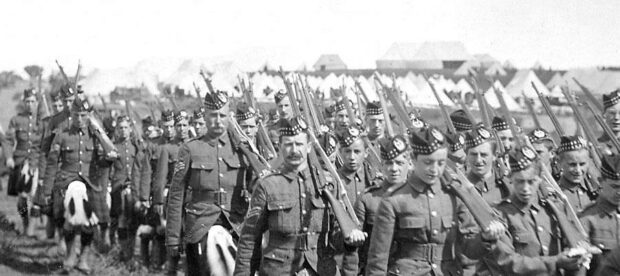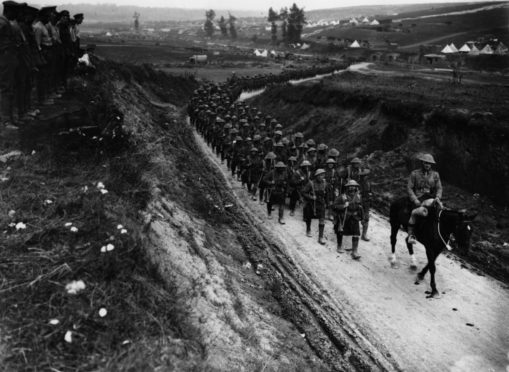He was a tragic Bucksburn hero, shivering in waist deep water, trying to dodge the storm of steel that knifed across his trench.
North-east soldier James Will scribbled letters home as he sheltered from the carnage of World War One, writing about his deepening fears for his sick son while trying to keep up his family’s morale with his pidgin French.
For more than 100 years, his sacrifice was overlooked after he died from wounds received in battle in 1915.
But he is now remembered with honour in The Press and Journal’s digital Remembrance project which revealed the chilling scale of the slaughter across the north-east and Tayside.
Family members got in touch with us after seeing our interactive poppy map and were keen to add James to the tribute as he was missing from Aberdeen’s roll of honour.
They also wanted to share his personal letters written from the trenches.
Street of tears
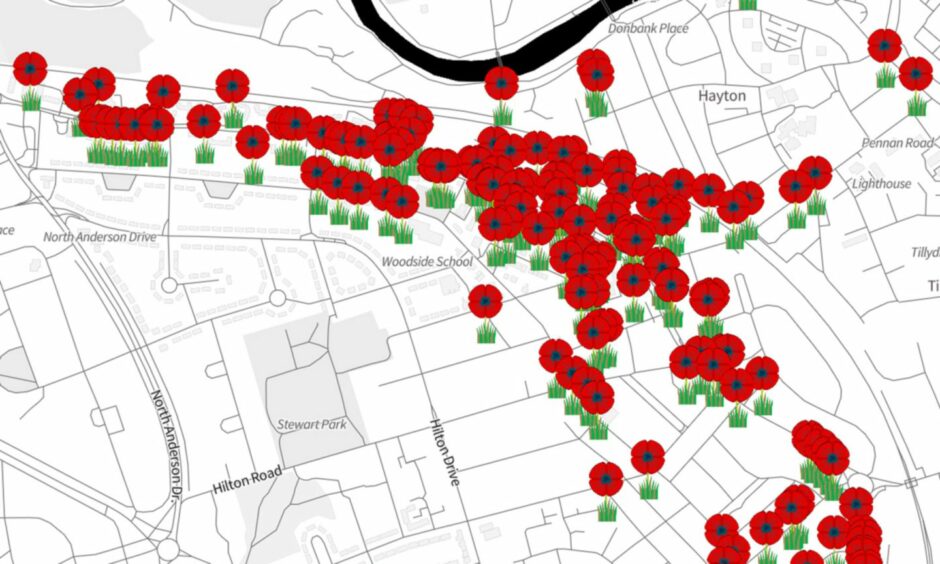
James is now the 107th man known to have been killed during WW1 from Aberdeen’s Great Northern Road – dubbed the city’s street of tears.
On Hogmanay 1914, James, who moved from Bucksburn to Great Northern Road before his death, wrote to his wife Nicholas Annand, whom he called Nick, about his youngest son Bobbie.
He said: “I write you these few lines to let you know I am still alive.
“Well, Nick I received your sorry letter when I came home from the trenches last night. I am very sorry to hear about Bobbie, poor boy, I hope he is some better as you get this letter and all the rest of you well – as I am fair.
“I got the drawers all right and a terrible difference I knew of them. Well Nick, we was nearly drowned at the trenches this time.
“It has been terrible quiet this time since Christmas they have been taking it easy till the New Year time is past.
“Well Nick, I don’t know when this job will be finished the sooner the better for all. I would like to be at home with you at this sorry time with poor Bobbie.
“I did not expect such sad news this time hoping for the best that is all I can do so try and make the best of it D (darling) – till I come home if I have the luck.”
He described the terrible conditions and the uncertainty of waiting to go ‘over the top’ charging headlong into the German lines.
He added: “Well Nick, this is a terrible New Year. It is like a Sunday here, nothing but the walls of houses burned to the ground and all the people away out of the place.
“We don’t know the time we are to be called out night or day. We must try our best when we are able. Terrible cold here.”
‘Terrible time’
His never-before-published notes make for poignant reading as he tries to maintain morale in the face of the horror and documents the poor conditions suffered by his fellow Gordon Highlanders.
In a letter written just a few weeks before he died, James wrote: “Just got our rest again and going away back again. It has been a terrible time of rain last time we was in the trenches four days and nights rain.
“We was up to the waist in water. The last day it is a little settled now. It is taking us all our time to stick it but we are trying our best hoping it was all past.
“Well Nick we are packing for going a little nearer our work as we have three mile to travel pretty long road with our load on.”
A descendant of James, who wishes to remain anonymous, said: “I found his letters in among some of my father’s papers.
“James was Nick’s first husband and she clearly always remembered him. They were married in 1904 and he had five children with her.
“He mentions that the cold was terrible. It was a horrible war. The letters make sad and moving reading. The mention of ‘drawers’ and attempts at French are particularly poignant.
“You can just imagine him, writing the letters, water up to his waist in a trench wishing he was safely at home.”
In a letter dated January 11, 1915, James writes: “We We Mercy. That is some of our French here.
“Tell all the children I was asking for them and tell Bobbie that I will soon be home to see him if he gets better and be a good boy.”
Weeks later, on February 5, James died from wounds at Merville General Hospital in France. According to family folklore, he was shot by a sniper but this has never been verified.
He lies in Merville Communal Cemetery in Plot IK 57.
